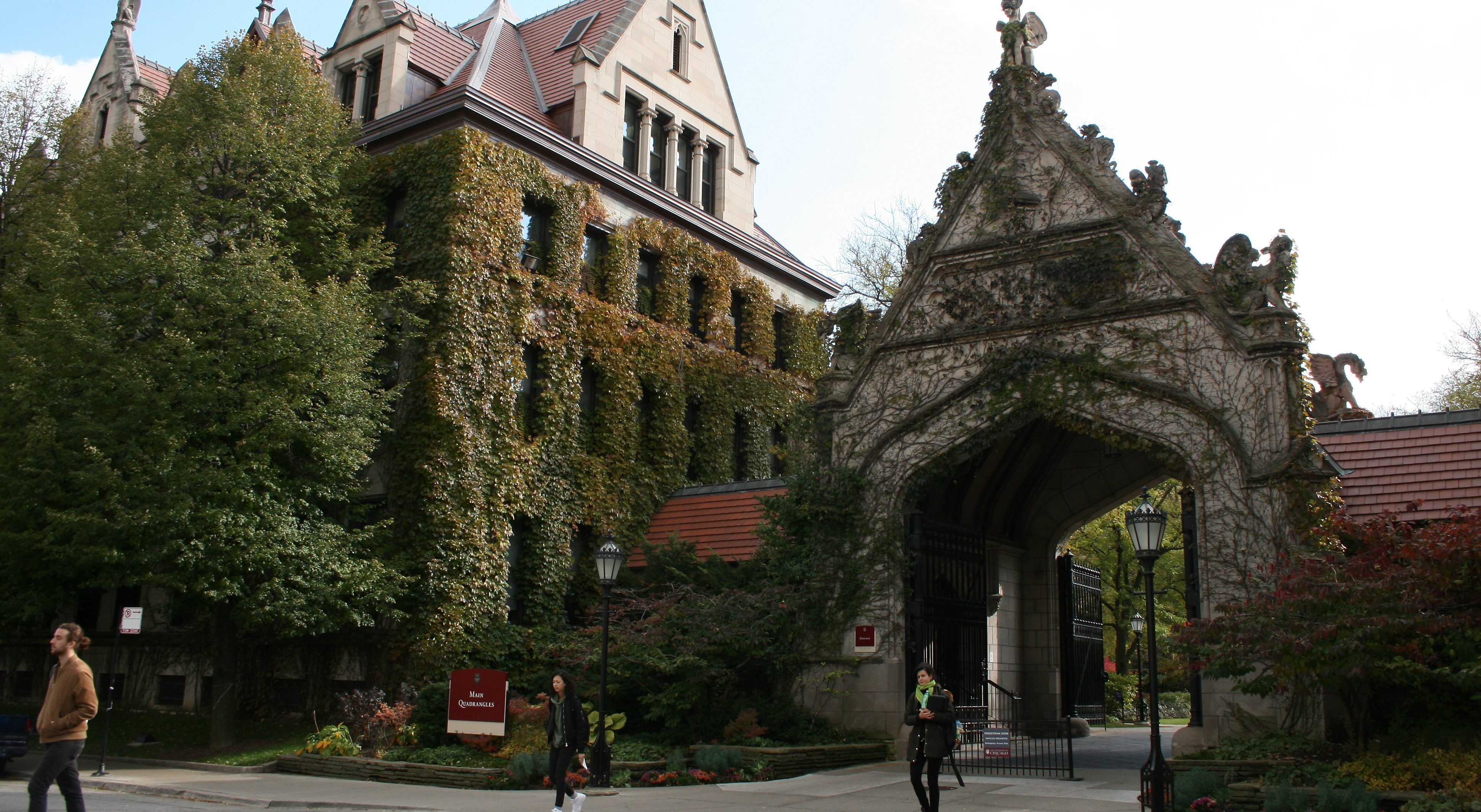In the final seminar session of the course, we have a closer look at a basic real business cycle model. This family of models was suggested by Kydland and Prescott in the early 80s. The significance of their achievement is impossible to overstate. First and foremost, after the emergence of real business cycle models, economists no longer needed to address the phenomena of large-scale fluctuations and economic growth in two separate frameworks. Kydland and Prescott showed that the neoclassical growth model can capture the cyclical effects of taste and technological shocks. Of course, the fading away of monetary policy noises was a prerequisite—if economic policy is loud, as it was until the early 1970s, it makes it impossible for us to detect triggers other than monetary noises. A second, but no less important achievement of the model was the introduction of the calibration method into empirical economics.
In the session, we build a basic real business cycle model as a general equilibrium model consisting of households, a representative firm, and a government. We solve the firm’s static and the household’s dynamic problem, then we revisit the issue of defining a rational expectations equilibrium so that agents solve their own problems while forming expectations regarding the macro-level processes, in the equilibrium it turns out that what is implied by their actions at the macro-level and what they expected coincide.

